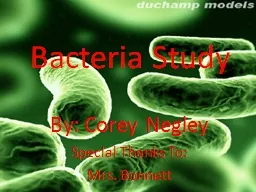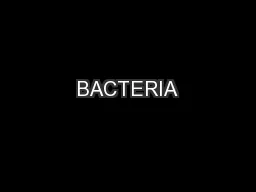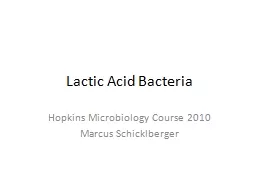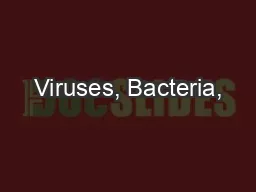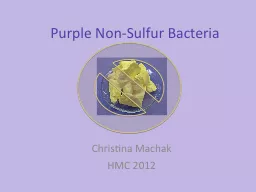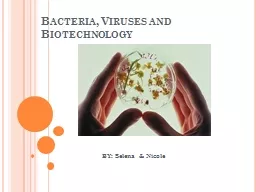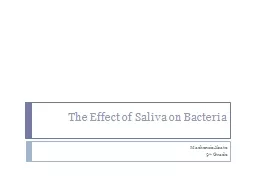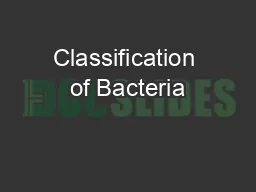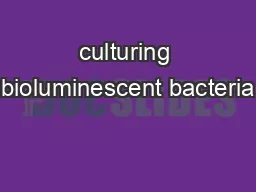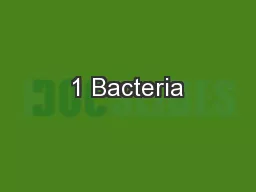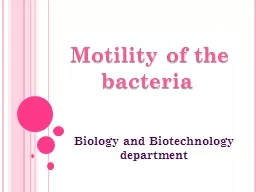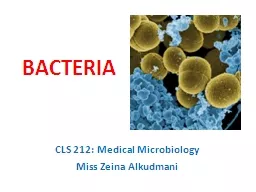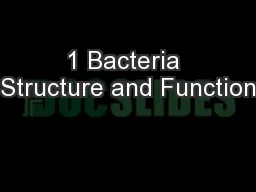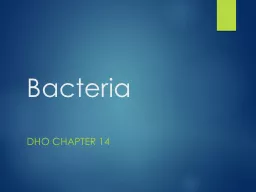PPT-Bacteria Study
Author : ellena-manuel | Published Date : 2016-03-27
By Corey Negley Special Thanks To Mrs Bonnett How Study was Conducted Bathroom Sinks Used a petri dish and auger mix for base Took a swab of water knob on the
Presentation Embed Code
Download Presentation
Download Presentation The PPT/PDF document "Bacteria Study" is the property of its rightful owner. Permission is granted to download and print the materials on this website for personal, non-commercial use only, and to display it on your personal computer provided you do not modify the materials and that you retain all copyright notices contained in the materials. By downloading content from our website, you accept the terms of this agreement.
Bacteria Study: Transcript
Download Rules Of Document
"Bacteria Study"The content belongs to its owner. You may download and print it for personal use, without modification, and keep all copyright notices. By downloading, you agree to these terms.
Related Documents

